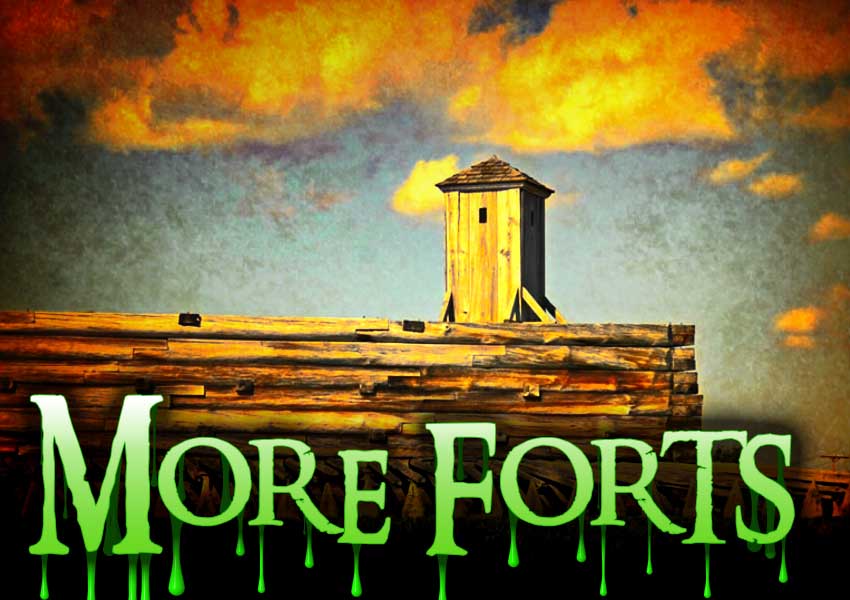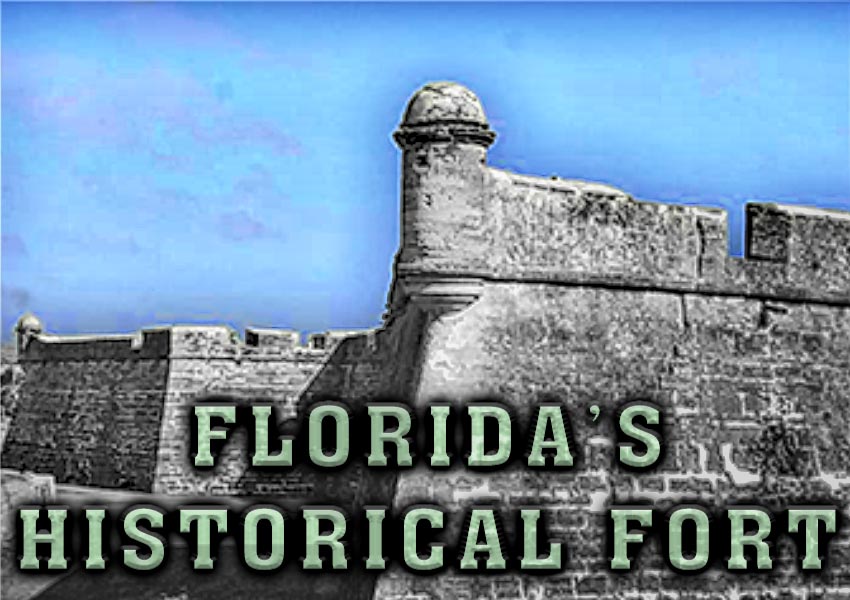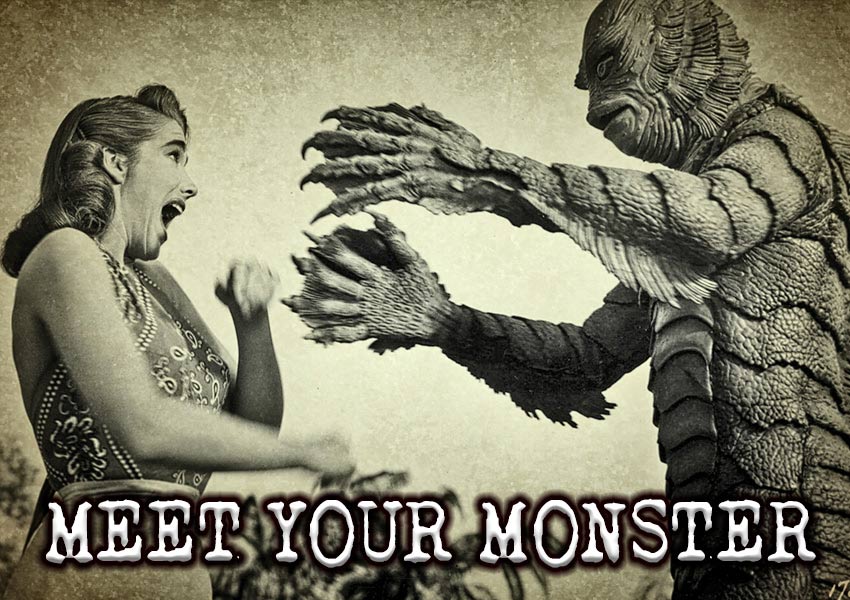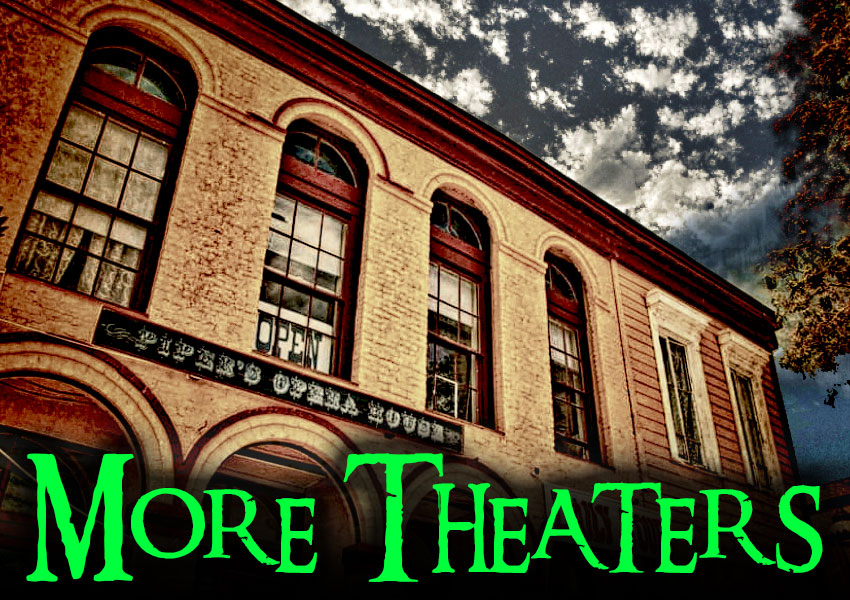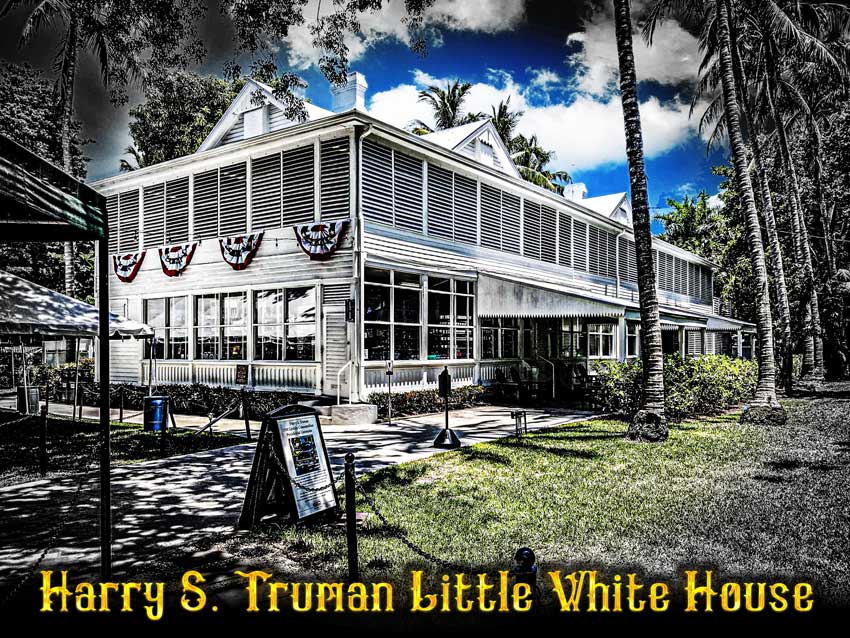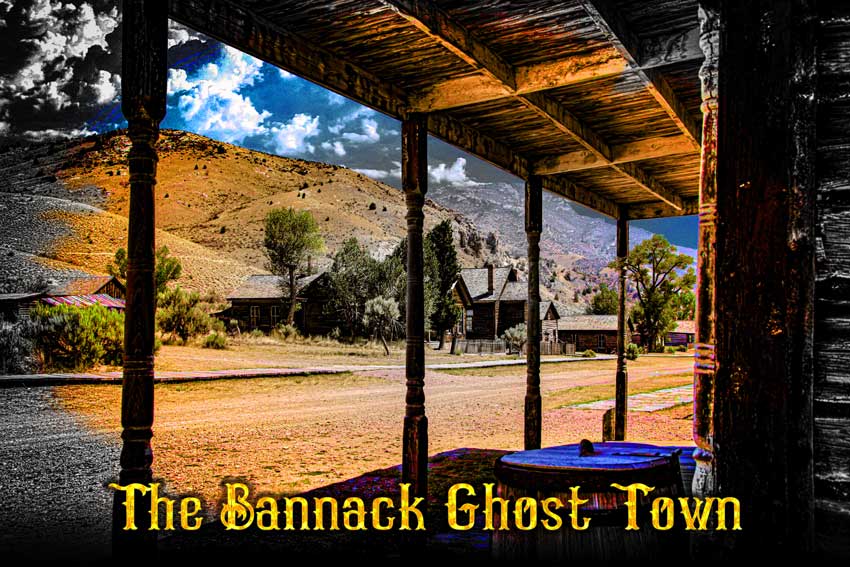New Castle Delaware
Fort Delaware
Past pain and misery, violence, survivor
guilt and death are the causes of current paranormal activity.
Other spirits hang around for other reasons
and are not ready to go just yet.
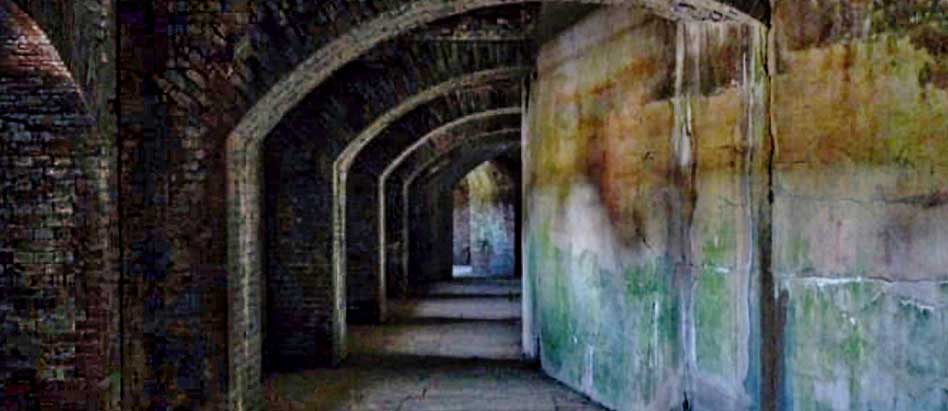
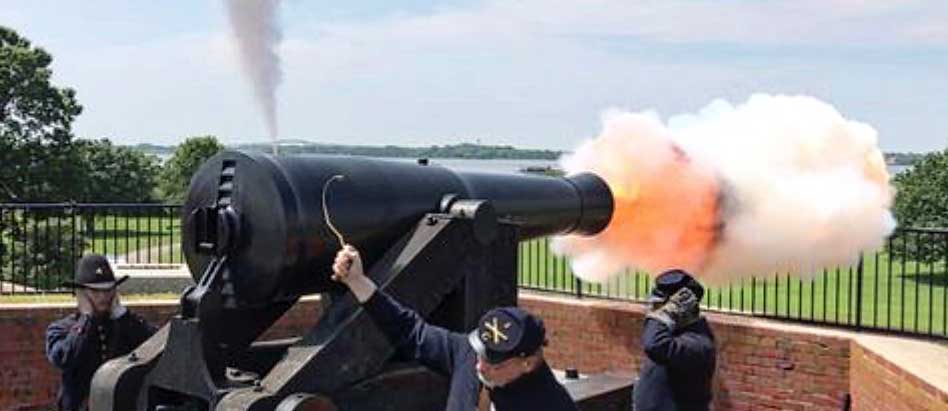
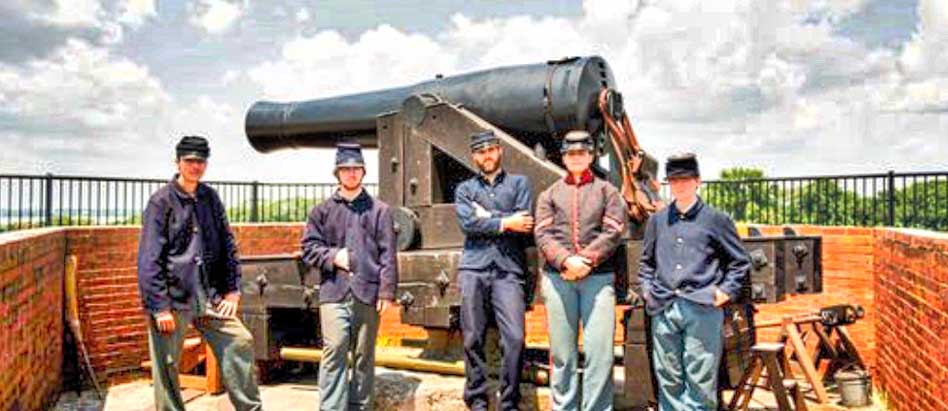
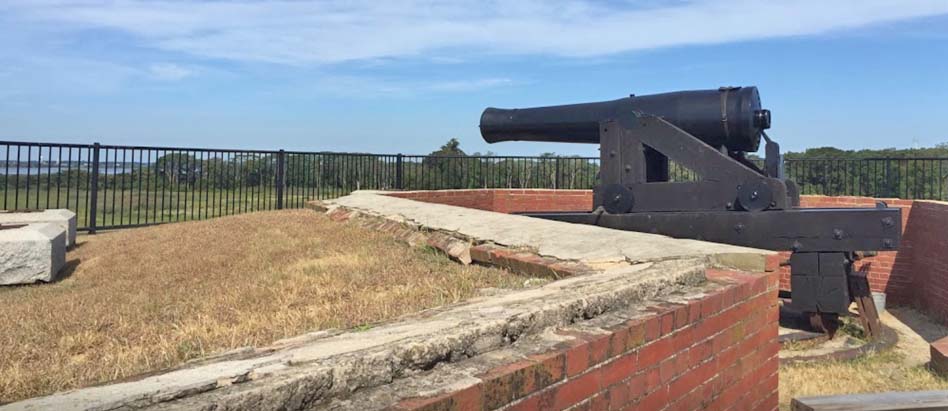
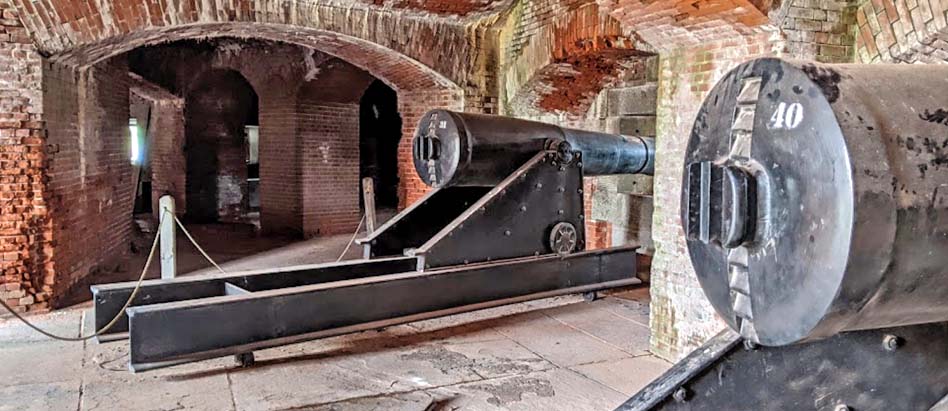
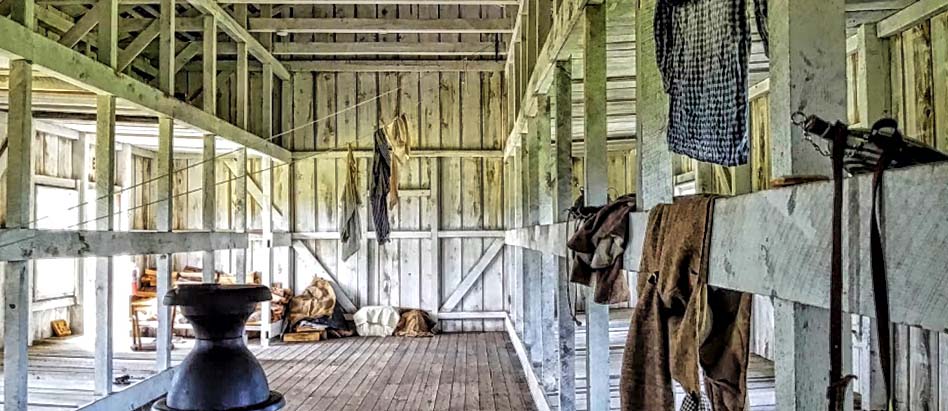
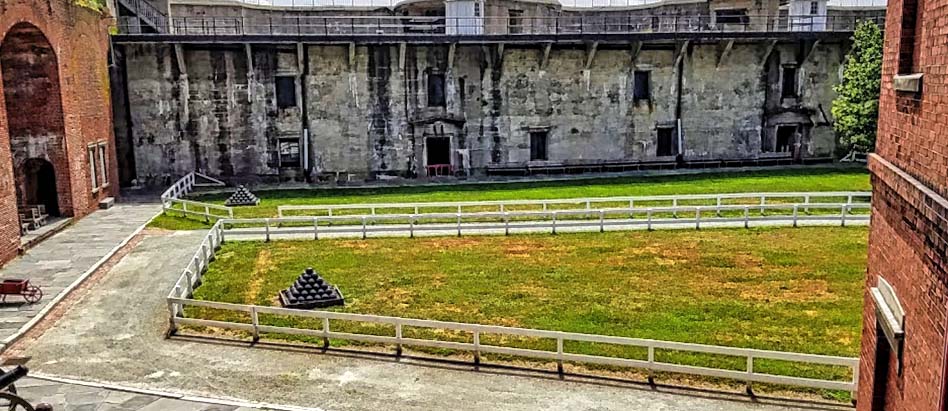

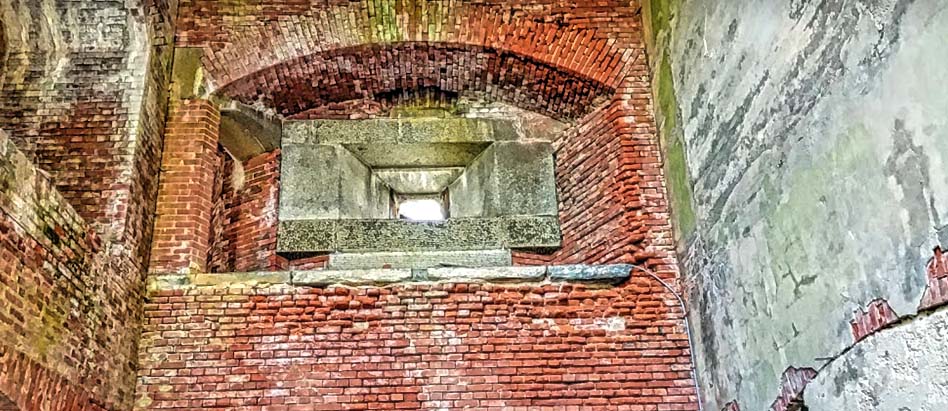
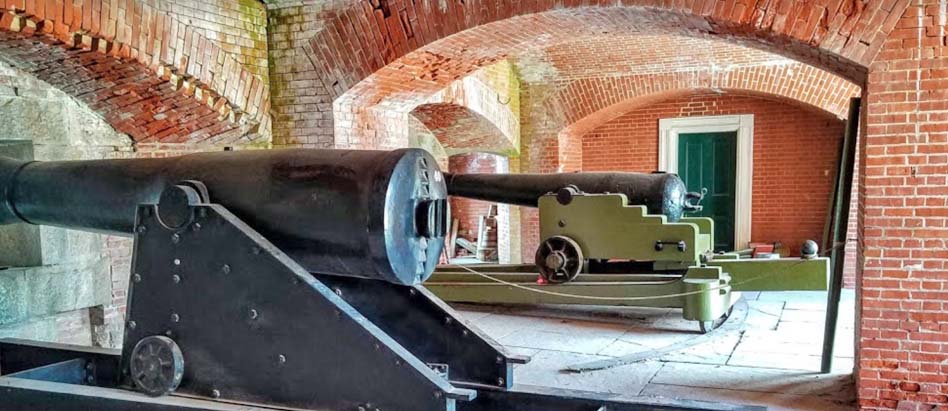
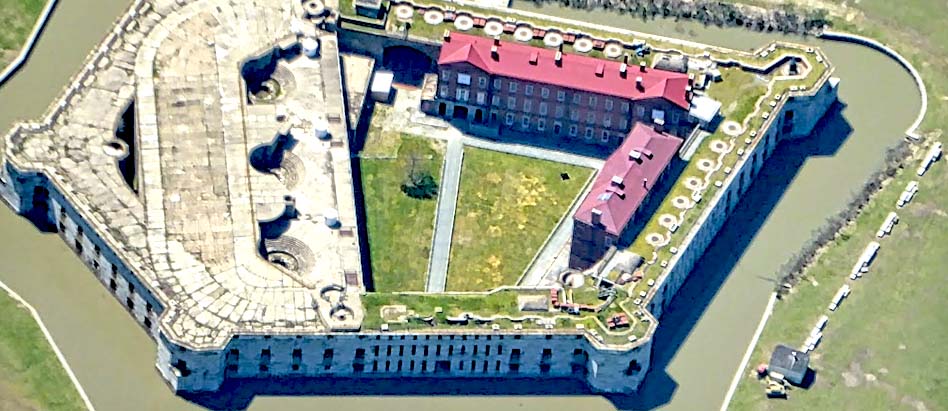
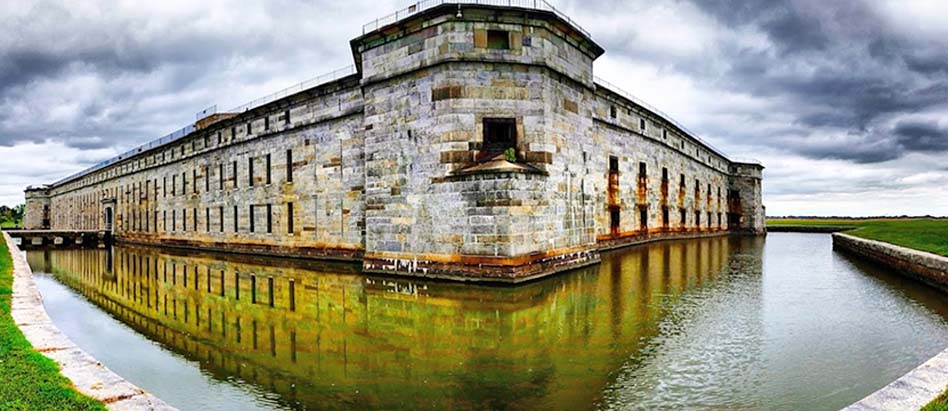
DESCRIPTION
Fort Delaware, located in Fort Delaware State Park, is a well-built, pentagonal military fortress, complete with a dungeon. Besides being constructed for military defense, it was also a prison for pirates, privateers, political prisoners, and deserters. However, it is mostly known for housing Confederate POWs during the Civil War, as well as serving as part of the coastal defense network in World War 1 and World War 2.
Fort Delaware is made of gneiss, granite, brick and cement. Its design has not only beauty in mind, but seeks to evenly distribute the weight of the structure so as to avoid putting too much pressure on any one spot of the foundation. Well-placed arches are an example of this forward-thinking design.
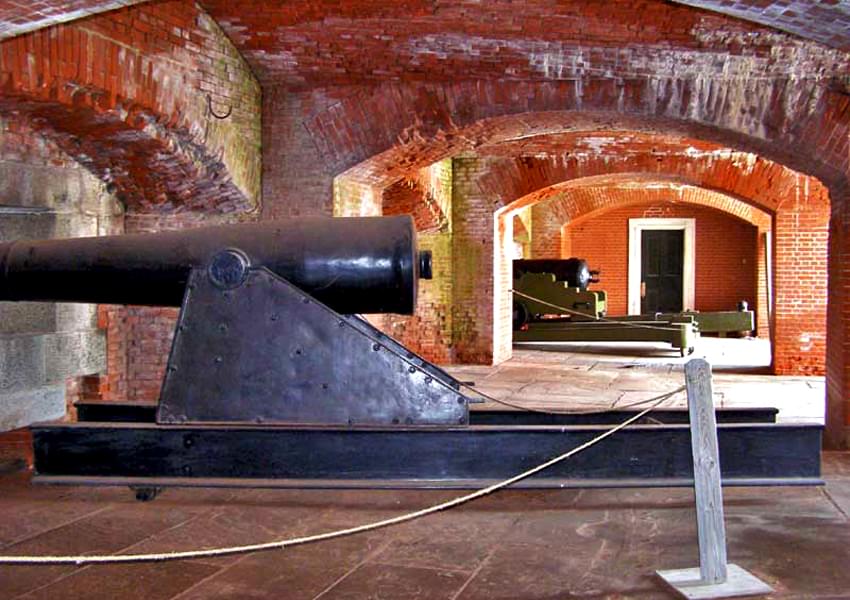 On each point of this pentagon-shaped fort artillery batteries of cannons and guns are placed for coastal or frontier defense. “They were usually organized with between six and twelve ordnance pieces, often including cannon and howitzers. By the late 19th century, “battery” had come to mean cannons and all the support guns needed for these embattlements.”
On each point of this pentagon-shaped fort artillery batteries of cannons and guns are placed for coastal or frontier defense. “They were usually organized with between six and twelve ordnance pieces, often including cannon and howitzers. By the late 19th century, “battery” had come to mean cannons and all the support guns needed for these embattlements.”
Like a self-contained aircraft carrier, Fort Delaware was a self-contained very small city with all the services and areas needed by those stationed here, including those who were there against their will as guests of the Federal Government. Fort Delaware State Park is also a Center of Historic Civil War interpretation. What makes it all very interesting is that there are reenactors dressed as Civil War soldiers and workers go about their duties. Visitors can watch a blacksmith at work, help a laundress, take part in the firing of an 8-inch gun gunpowder charge.
On the Fort Delaware Tour, visitors can see all the areas that once existed here for daily living: prisoner barracks, mess halls, officers kitchens, ordinance rooms, officers quarters, and dungeons. All the areas that are very interesting indeed, especially when the reenactors are doing their jobs. These are the same places where the Ghost Tours are held, in September and October. Diamond State Ghost Investigators lead three types of tours: An Extended Tour, a Three House Tour and a Skeptics Tour.
Another favorite event every year in May is the “Escape from Fort Delaware Triathlon!” Participants run along the same path used by the Fort’s 52 Civil War prisoners who managed to break out and swim across the river.
HISTORY
Pea Patch Island, located just across the river from New Jersey, was first used as a private hunting ground by New Jersey resident Dr. Henry Gale, as it was deeded to him through the state of New Jersey. In 1794, the island had been discovered by a French military engineer, Pierre Charles L’Enfant who was surveying land for possible military defense sites.
Seeing it as the perfect site for a defensive fort, the United States Army offered Gale 30,000 dollars for it, a boatload of money at the time. Dr. Gale refused to sell, on principle. So, the determined men of the Army went to the state of Delaware, who claimed the entire Delaware River and all its islands “within a twelve mile circle around New Castle’s Court House.”
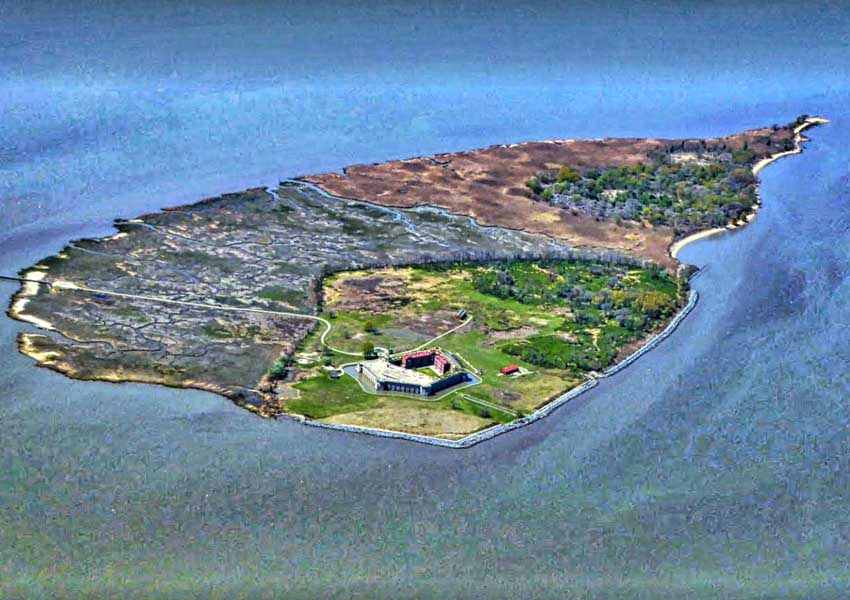 The Delaware Legislature passed an act that gave Pea Patch Island to the Federal Government which seized it from Gale via imminent domain. In 1838, a descendant of Dr. Gale, James Humphrey of New Jersey, challenged Delaware’s right to the island. After making the Circuit Court rounds, there were two different court rulings that contradicted each other. President Polk suggested the use of an arbitrator.
The Delaware Legislature passed an act that gave Pea Patch Island to the Federal Government which seized it from Gale via imminent domain. In 1838, a descendant of Dr. Gale, James Humphrey of New Jersey, challenged Delaware’s right to the island. After making the Circuit Court rounds, there were two different court rulings that contradicted each other. President Polk suggested the use of an arbitrator.
“John Sergeant was appointed arbitrator, and in late 1847 he heard arguments from the United States team (represented by Senators John M. Clayton and James A. Bayard, Jr.) and James Humphrey’s team (represented by former Secretary of War John Eaton and former Secretary of the Treasury George M. Bibb). On January 15, 1848, John Sergeant ruled that the island had belonged to the state of Delaware and therefore the title given to the United States government was valid.”
In other words, Delaware had the right to claim the island and that New Jersey had no right to deed Delaware’s island to anyone.
The first fort, designed in a star shape, had a rough start in 1819-1824 because the builders didn’t understand the challenges of building on marshy land. The piles were improperly installed and the marsh was a big hindrance. The 43,000 installed bricks started to crack, so they all had to be taken down. After that, a fort was built that worked, until a fire in 1831 burned it to rubble. Fortunately, this rubble didn’t go to waste, as it was used to reinforce the sea wall that went around the island of Pea Patch.
In 1848, the new irregular pentagon-shaped fort was started, under the direction of highly skilled French engineers who understood what was needed to build on marshy land. When Fort Delaware was finished, it was a solid structure, ready to serve forever! It was basically finished in 1860, just in time for the Civil War. The focus of the building plan during the Civil War was bringing in guns and cannons.
Confederate soldiers captured at Gettysburg were the first southern guests at Fort Delaware. Just North of the Delaware Fort, their L shaped Barracks were built, along with barracks for Union soldiers who were stationed there. A hospital was also built that treated all soldiers, Union and Confederate. They were fed twice a day, with enough untasty food to keep them alive. Fruits and vegetables were not available.
If a Confederate soldier could prove that he was drafted, he was allowed to take an oath of loyalty to the Union and become part of the 1st Delaware Heavy Artillery, to help defend the fort against attack. Captain Ahl had obtained permission from the War Department to form this battery of ex-Confederate soldiers.
Confederate privates and non-commissioned officers lived in these barracks, while officers and commanders were kept inside the Fort, where food and living conditions were of higher quality.
While they were basically treated as human beings, as long as they followed the rules, there were big health hazards here. What killed some were the diseases that spread through both Union and Confederate ranks because of close quarters, over-crowding, malnutrition, lack of clean water and vitamin C. “Out of the 33,000 that were held here as POWs, nearly 2,700 died from dysentery, scurvy, and smallpox.”
One source stated; “In 1863, Pea Patch Island, a Union prison in the Delaware River, was packed with almost 13,000 Confederate prisoners (It had been designed to hold only 4,000). Disease and malnutrition killed nearly 2,700, and most of their bodies were then barged across the river and buried in trenches on an isolated patch of New Jersey. After the war the mass grave became a National Cemetery at the insistence of the governor of Virginia (a former Confederate general).”
The remains of these 2,700 souls are buried in a mass grave in New Jersey, never to see their native states again. They are buried far from their families. It is called Finn’s Point National Cemetery. “In 1910, a towering, 85-foot-tall granite obelisk was erected to mark the grave, joining a smaller temple-like monument to the 135 Union guards who also died on the island. On the other side of the obelisk, marble tombstones mark the graves of thirteen German POWs who died during World War II at New Jersey’s Fort Dix.
During the Civil War, POWs had no Geneva Convention rules for prisoners of war, so their treatment in captivity was up to their captors. After the Confederate Army put Union POWs on the front line ahead of their defending troops at Charleston, revenge was planned by Union authorities.
 Six hundred Confederate POWs at Fort Delaware were taken down to Fort Pulaski in Georgia, where they were badly treated, and where some of them starved to death. This deadly treatment was the norm there until calmer minds were in control, and they began to feed them again, but not before some died from starvation.
Six hundred Confederate POWs at Fort Delaware were taken down to Fort Pulaski in Georgia, where they were badly treated, and where some of them starved to death. This deadly treatment was the norm there until calmer minds were in control, and they began to feed them again, but not before some died from starvation.
A lot of folks in Delaware thought the starvation orders were over the top and didn’t see them as humane treatment. At Fort Delaware, while rations were cut in retaliation, the commander of Fort Delaware let the Confederate prisoners catch fish to supplement their diet.
Also, the kind folks in towns near Fort Delaware sent care packages to prisoners on both sides, probably fresh fruit and vegetables, and other basic necessities. Scurvy deaths may have been higher if not for the generous care packages delivered.
After the last Confederate POW left Fort Delaware, a skeleton crew was left behind until 1870, when the fort was deserted for a time. In 1898, it was reactivated during the start of the Spanish American War. It was thought that the Spanish fleet was planning to attack the east coast area of America. So, outside the fort, engineers built more rapid-fire batteries that were completed after the war had ended.
Battery Allen was named for a calvary officer, Robert Allen, who died at the Civil War Battle at Gaines Mill. Battery Alburtis honors William Alburtis, killed in the Mexican-American War, Battery Dodd honored honored Captain Albert Dodd, who also died at the Gaines Mill Battle. Battery Hentig honors Calvary Officer Edmond Hentig, who died in Arizona fighting Native Americans in 1881.
During the summer of 1898, artillery soldiers from the 4th U.S. Artillery and volunteers from Company 1 of the 14th Pennsylvania Volunteer Infantry Regiment were stationed at Fort Delaware, ready to defend against Spain if need be. Their names are carved into the brick walls inside the fort.
Again, a care-taking crew was left behind after the short-lived Spanish American War, but the fort was not fully closed like before. It was still needed for defense. Fort Delaware and Fort Mott served as sub-posts during WW1, with the main defense site being Fort DuPont.
After WW1, the slow process of moth balling Fort Delaware began. Some guns were buried on the island, others went to other more modern forts, and some were sent elsewhere to become war memorials. Some original cannons were left.
During WW2, more guns were taken to be used elsewhere. Battery Hentig still had its rapid-fire guns, and an artillery detachment from Delaware’s National Guard. However, these guns were taken in 1942 to Fort Mills, leaving Fort Delaware completely unarmed, unless you count the 8 inch Columbiad gun that still fires for visitors at the northwest Bastion.
Next to be taken away was the electrical wiring. Predictably, by the end of WW2, Fort Delaware was considered surplus property, and was sold back to the State of Delaware in 1947. In 1951, Fort Delaware State Park was created, including the entire Pea Patch Island. Delaware restored the fort to be enjoyed by all and serve as an historical education museum.
In 1999, it was discovered that beach erosion was threatening the foundation of the fort. The Army Corp. of Engineers got to work and built a 3,500 ft sea wall during the winter of 2005-2006. This wall not only protects Fort Delaware, but also a huge migratory bird rookery.
Fort Delaware State Park can be reached by the taking the Forts Ferry Crossing at Delaware City.
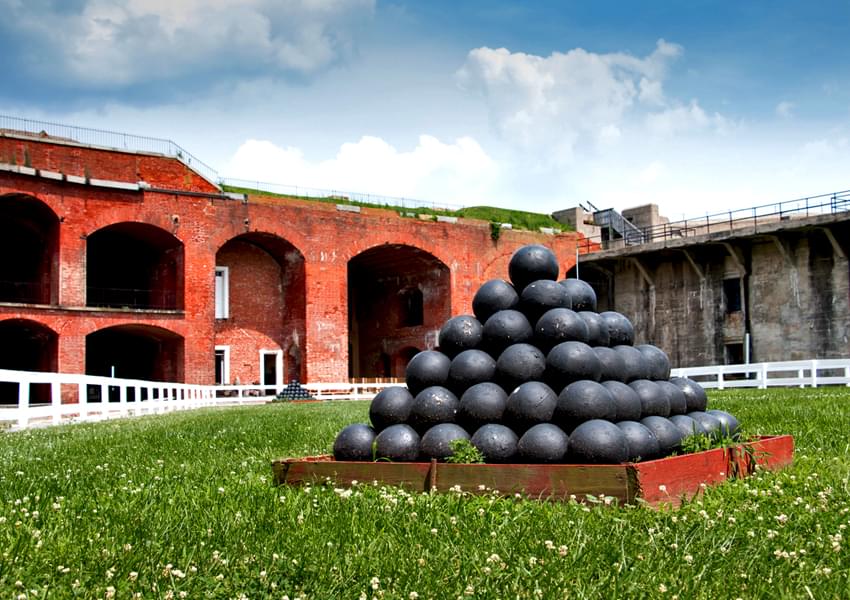
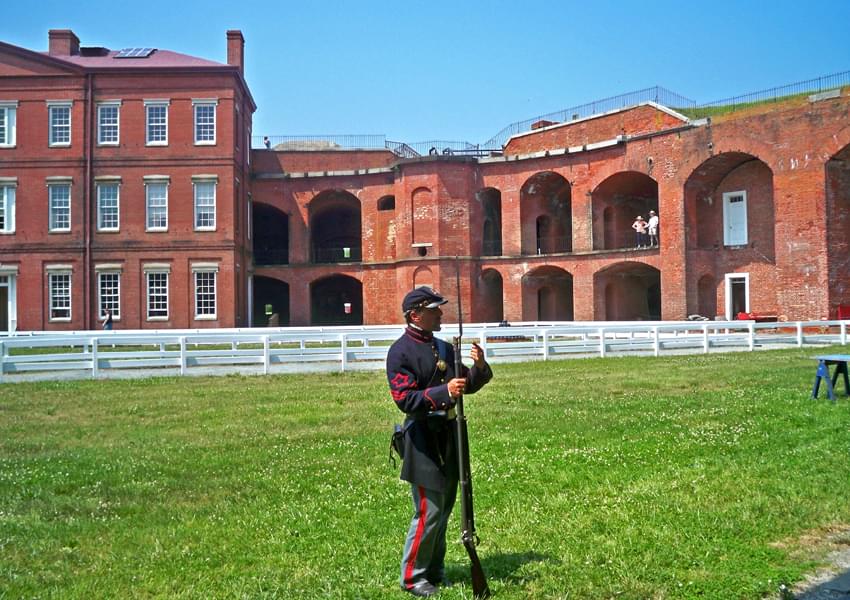
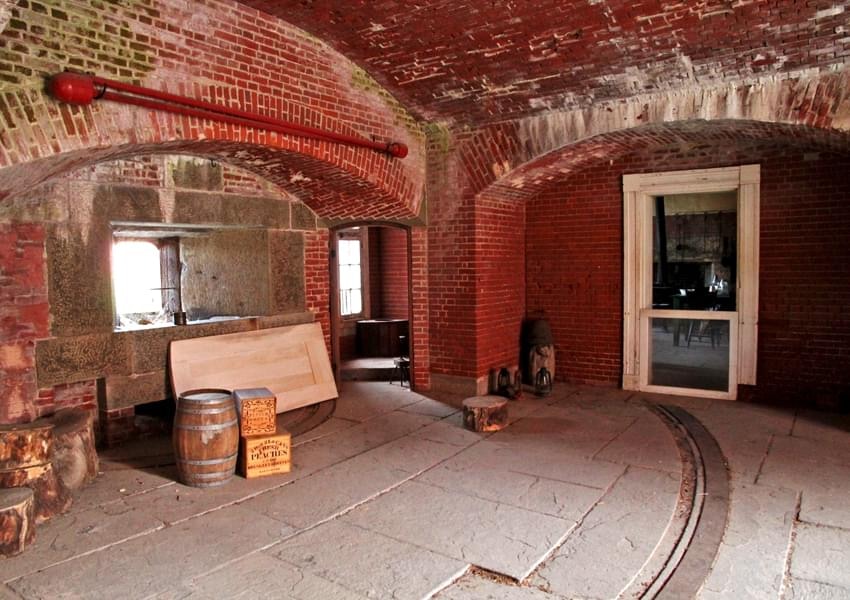
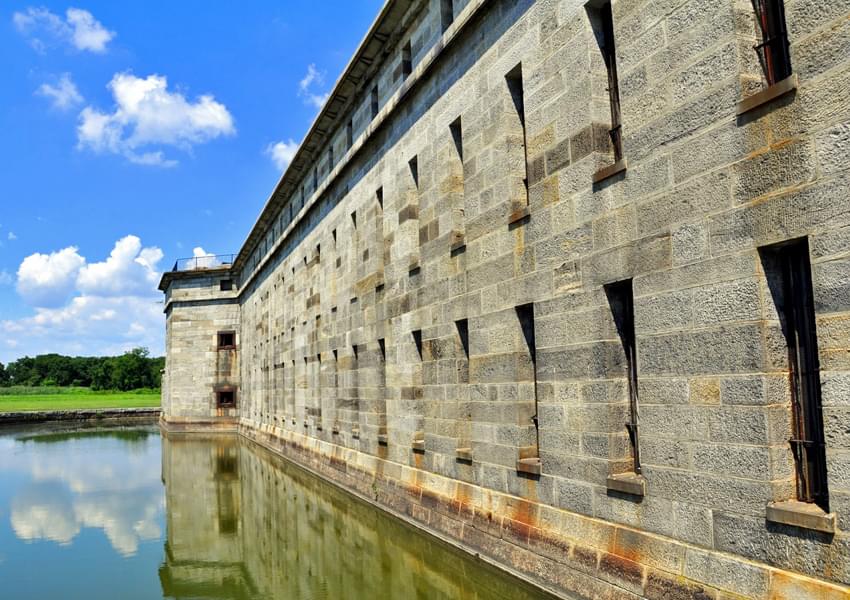

HISTORY OF MANIFESTATIONS
A lot of prisoners have been held here, including pirates, war privateers, political prisoners and Confederate soldiers. Most of the spirits seen here come from that time period. Pirates were held in punishing conditions as were some unruly POWs. Health conditions, overcrowding and poor food offerings in the barracks caused weakened immune systems and vitamin deficiencies, which led to the spread of preventable diseases as well as small pox.
Human bondage that includes cruel treatment often causes human pain and misery, violence, and death.
National Bird Aviary, PA (Spirits of POWs who died in the prison that once stood here can find sometimes peace and joy looking at all the birds in this aviary).
Wyoming Territorial Prison, WY (Use of the inhumane Julien Gallows, deplorable conditions in the Dungeon House and Black Hole, and the humiliation and terrorizing of milder inmates by meaner ones sometimes resulted in death).
Fort Pulaski, GA (Confederate soldiers held here were starved to death until a few saner folks stopped it).
Fort Delaware, DE (Prisoners who were held in the Fort Delaware Dungeon are still suffering there as spirits. Some spirits think that they are still incarcerated and want to be free).
Prisons and jails where inmates died often produce restless spirits that can’t let go of this world to enter the next for a variety of reasons.
Alcatraz, CA (Inmates who died here are sometimes afraid to go to the next world because of their track record in this one).
Mansfield Reformatory, OH (Inmates who died at the hands of others still think they are still serving time).
Saint Augustine Jail, FL (An inmate who died by hanging for a crime he didn’t commit is afraid to go on to the spirit world because though he was innocent of the crime for which he was hung, he still wasn’t a choir boy).
Fort Delaware, DE (Prisoners who died of disease may still be here probably because they have unfinished business, or because they can’t accept the way that they perished here).
People who enjoyed their jobs in a certain place in this world, sometimes choose to still do so!
USS Hornet, CA (Spirits of Navy men still work in their old assignments, and have thought of new ones for themselves as well).
USS Lexington, TX (The spirit of a Navy man who was killed in a battle is still keeping an eye on his engines as well as on the pretty, living young women who visit).
Fort Delaware, DE (The spirit of a cook is still puttering around the fort’s kitchen area).
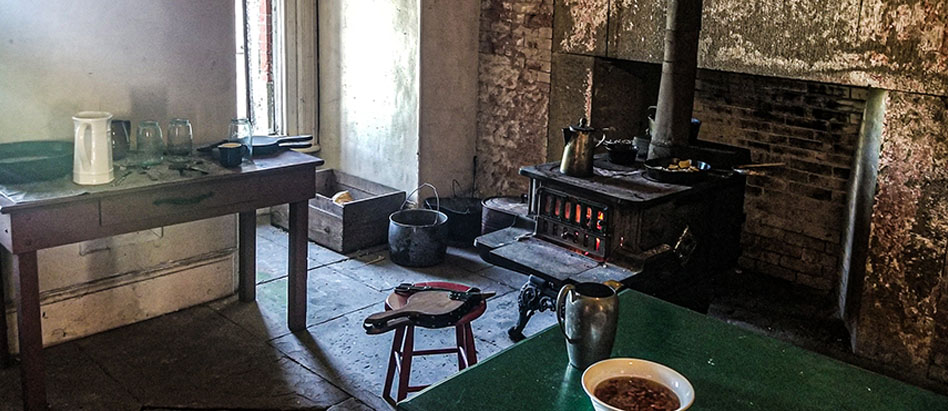

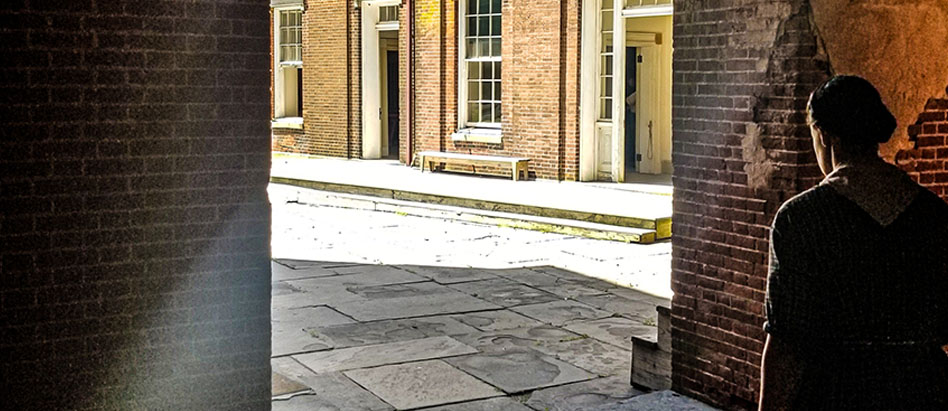
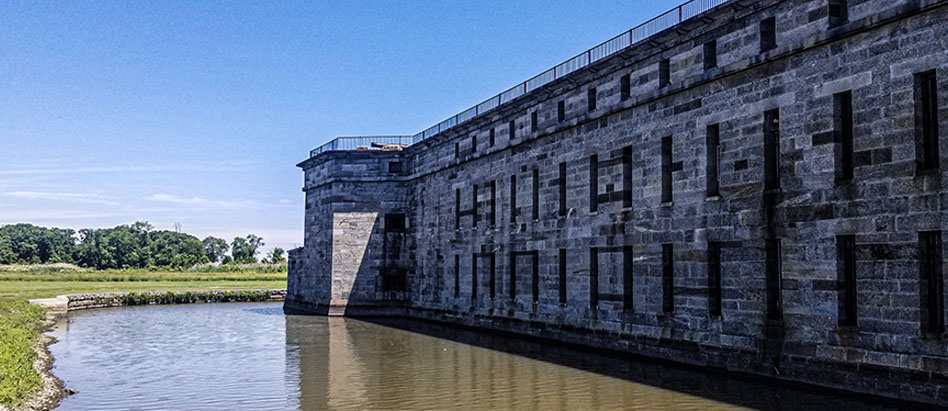
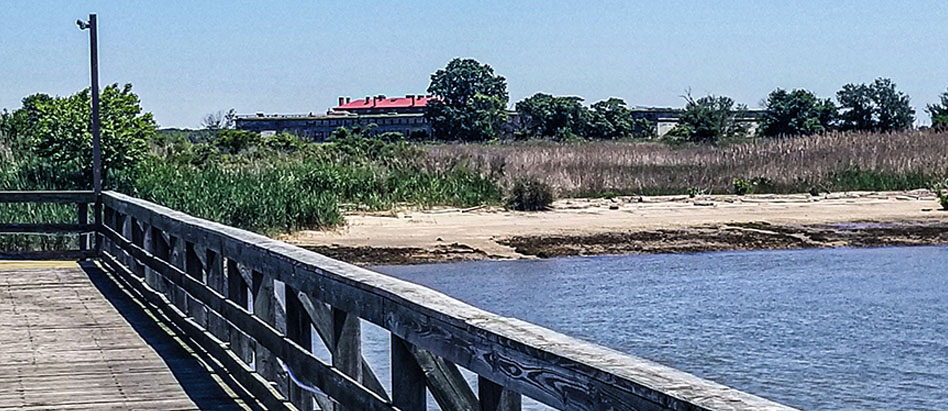
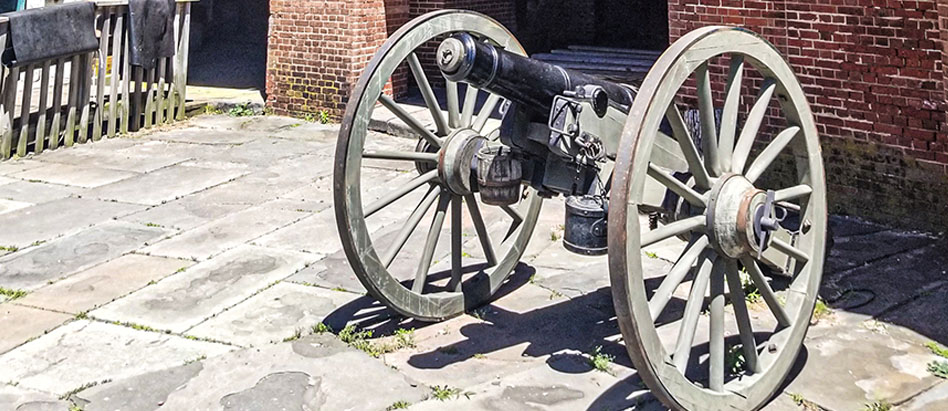
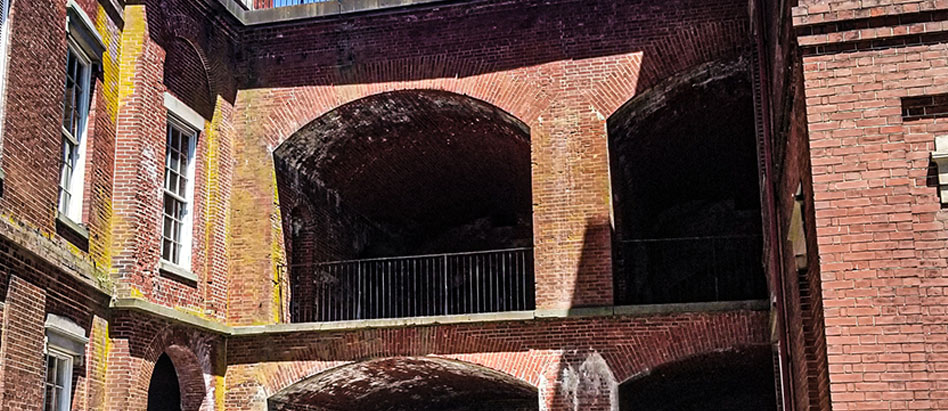
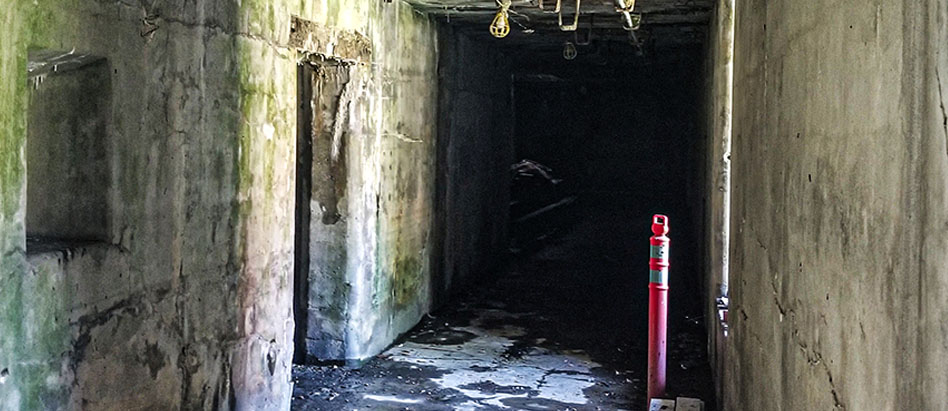
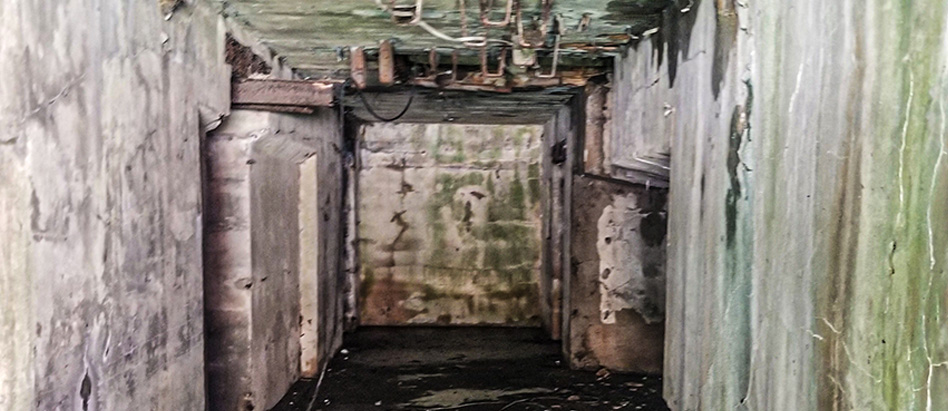

MANIFESTATIONS
Spirits from the Civil War Era still hang around and let the living know they are there.
Spirits in Dungeon
Auditory – People have heard moaning, and the sounds of clanging chains, from the prisoners held here long ago in unpleasant conditions.
Making Appearances: Many people have seen apparitions with all their parts throughout the dungeon area.
Shadow people have also made themselves known. They have been known to dart down tunnels and doorways.
Tactile: Spirits have poked and pulled at the living to let them know they are still there.
Residual Energy
Under the ramparts and the parade grounds, fleeing Confederate soldiers have been spotted by the living, perhaps an emotional imprint of a failed escape attempt.
Cannon and gunfire are still heard by the living.
Spirits of Pirates
It seems that the spirits of pirates who were caught and imprisoned here are also hanging around the place.
A park ranger was quite surprised one day to see a pirate, dressed in a beautiful green silk shirt and white silk pants, looking out a window at the fort, wistfully yearning to be free, perhaps unaware that he had died.
Kitchen Area
Apparently, the apparition of a hard-working cook is still seen cooking and preparing meals here.
Footsteps of an unseen presence and the clanging of cooking utensils can probably be heard as well.
Spirits of Confederate Soldiers
Spirits of Confederate soldiers may still be residing in their old barracks, or on the land where the barracks once stood.
They may still think they are POWs and are patiently waiting for the war to be over, so they can go home to their loved ones. They may not want to accept their deaths here.
PARANORMAL FINDINGS
Docents, visitors, and paranormal investigators have all had personal experiences with the spirits who are still here.
Ghost Hunters caught hard evidence in the Fort Delaware Dungeon. One of the things they caught was the thermal image of a man who was peeking around the corner to look at them, curious to see what they were doing. Personal experiences were also reported.” One of the investigators claimed to have had his jacket pulled hard enough that he was also pulled backward.”
Diamond State Ghost Investigators have led many ghost tours with people who buy tickets to come along on investigations. The spirits like to participate, so everyone is happy!
My Theory: Though no one has reported on POW spirit activity in the barracks, or in their areas of confinement, they are probably still there. Perhaps they still wander around the cliffs where they once went fishing for food.
STILL HAUNTED?
A big Yes Indeed!
Spirits are restless because of the way they died, or because they died and were not ready to do so, as they had unfinished business. Others who worked here while alive have returned to continue in their old jobs.
LOCATION
Fl 1, 1901 N Dupont Hwy
New Castle, Delaware 19720
(302) 834-7941
Ford Delaware is located on 178-acre Pea Patch Island, 15 miles south of Wilmington, near Delaware City, and close to the junction of U.S. Highway 301 and Highway 7.
SOURCES INCLUDE
- youtube.com/watch?v=yBcdtNR-ZfU
- RoadsideAmerican.com
- ONLY IN YOUR STATE website
- Wikipedia
- Haunted Rooms website
Our Haunted Paranormal Stories are Written by Julie Carr
Our Photos are copyrighted by Tom Carr
Visit the memorable… Milwaukee Haunted Hotel

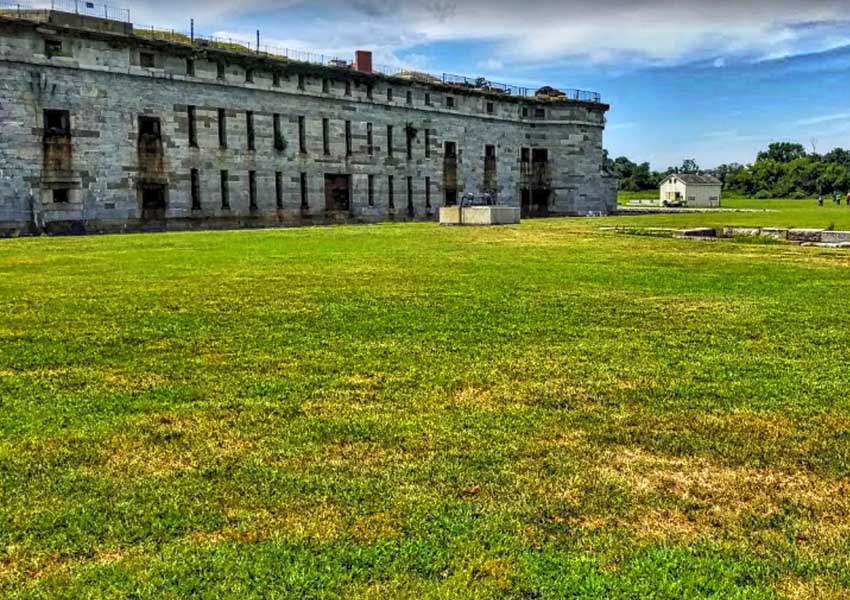
Our Haunted Paranormal Stories are Written by Julie Carr
Your Road Trip to Milwaukee’s Hot Spots
Your Paranormal Road Trip



